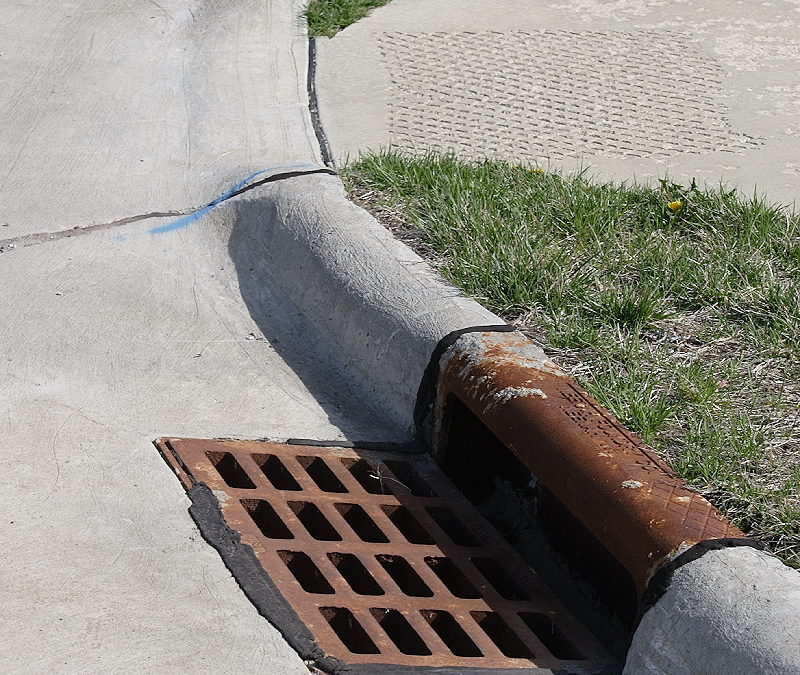Civil and Environmental Engineering: Disciplines that Intertwine to Improve Society
Two of the several services offered by Encorus Group are civil and environmental engineering. Environmental engineer Mary Padasak gives some insight on how the two disciples work hand-in-hand to improve the infrastructure of our communities.
Civil and environmental engineering are similar, but not the same. They often compliment each other and overlap in many areas. A lot of people who go to school for environmental engineering end up as wastewater engineers, working on how to best clean sanitary sewer and stormwater flows. Civil engineers work on building roads and the infrastructure around the sanitary and stormwater piping. Engineers in both fields are heavily involved in infrastructure, from roads to pipes to tanks to bridges.
At Encorus Group, both the civil and environmental engineers wear many varied hats. The civil engineer will work on the grading and drainage plan for a property, while the environmental engineer is routing the stormwater, drinking water, and sanitary lines through the same parcel. The civil engineer will design for the grading and paving of an area, while the environmental engineer designs the bulk storage tank and required secondary containment that will sit on the pavement. Civil engineers design the bridge, road, or parking lot, but the environmental engineer does the regulatory permitting and stormwater design for construction. These close overlaps are why many people confuse the work of civil and environmental engineers. We have to work closely together so that the lay of the land works efficiently with the use of the land.
One of the often-overlooked specialties of civil and environmental engineers is developing grading and drainage plans. Grading is the process of laying out how the land should be flattened and worked so that people can easily traverse it. It also lays out the low spots for stormwater to flow for drainage. Everyone has experienced poor grading and drainage. From a car driving through a puddle on a rainy day and splashing people on the sidewalk, to water running into your garage from the driveway, somewhere along the line grading and drainage was done poorly. Poor grading also makes walking and driving difficult or awkward. Have you ever driven down a road on a left-hand turn, but the low side of the turn was on the right? It feels like the car is going to fly off the road, and that is poor grading.
Efficient grading and drainage let people and vehicles get where they need to go without water following or impeding them. If it is done correctly, everything should feel natural and you should not notice any abnormalities. When done poorly, grading and drainage stick out like a sore thumb and cause an inconvenience to the public.
Next time it rains and you notice that there are no puddles on the sides of the road, or you go around a properly graded turn in your car, remember that you have civil and environmental engineers to thank for not being splashed or flying off the road.


